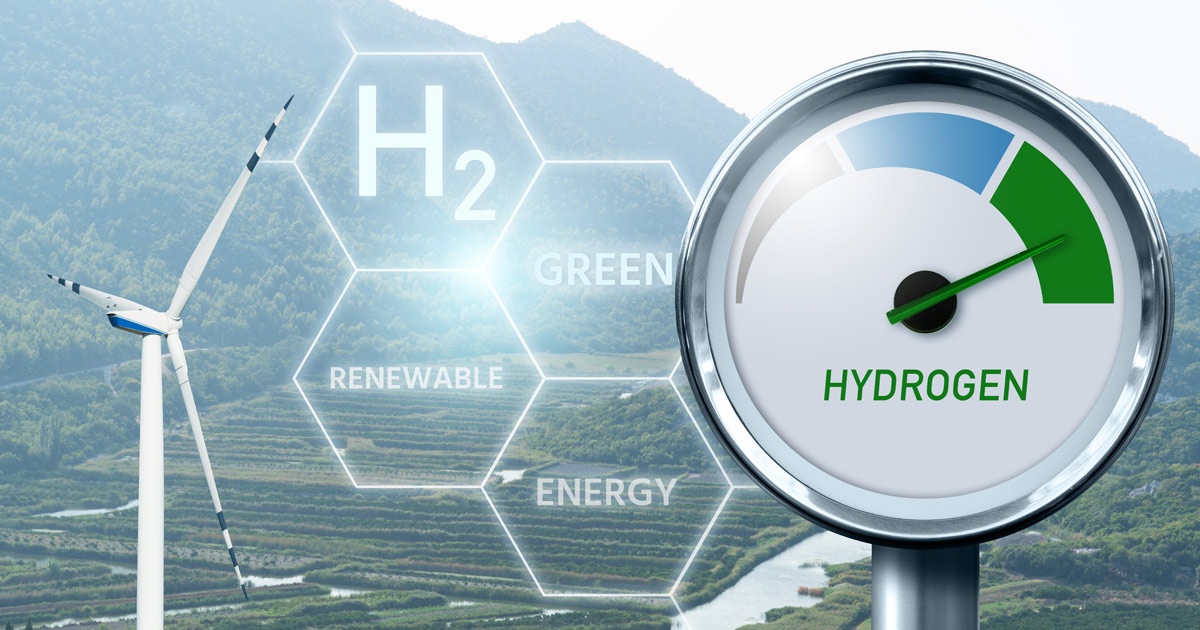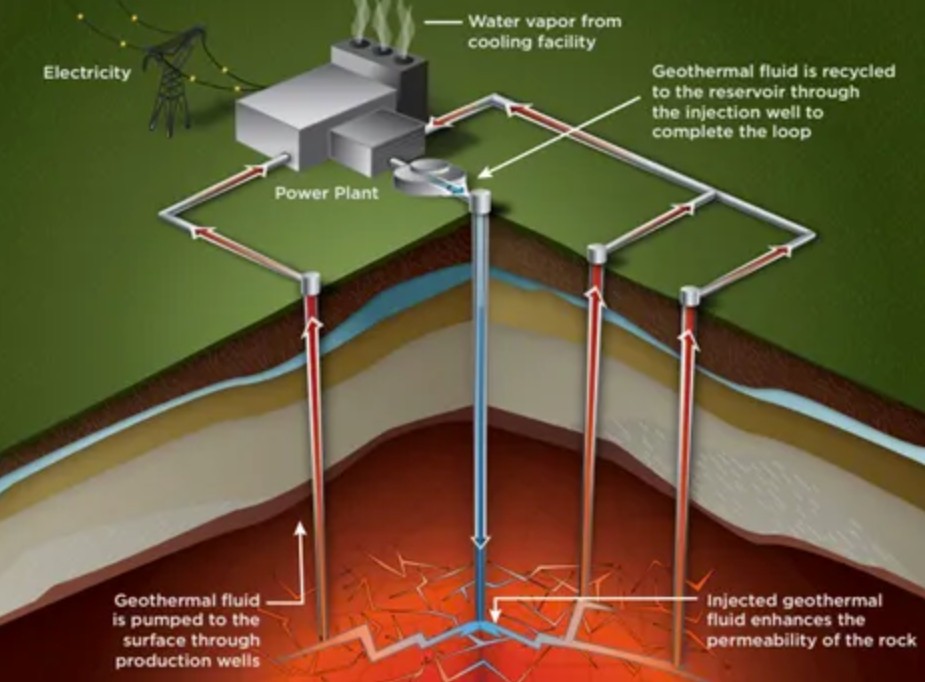Introduction
EcoPragma Capital’s Michael Liebreich Says Blue Hydrogen Holds the Key
Hydrogen returned to climate advocates’ radar screens around 2016, the latest incarnation of a 20-year salience cycle, according to Michael Liebreich, Liebreich Associates Chairman and CEO co-managing partner of London-based EcoPragma Capital.
His conversation with TDK Ventures President Nicolas Sauvage recently kicked off Energy Week 2023, presented remotely and live from London’s Goldsmiths’ Center by the corporate venture capital arm of TDK Corporation and Climate Investment.
Liebreich, known for the “hydrogen ladder” schematic — developed from a concept that he said, “I stole, er, borrowed from Adrian Hiel.” The diagram he continued, “puts the things we definitely need clean hydrogen for at the top, because we’re using dirty hydrogen currently. Then, you have the ‘row of doom’ at the bottom, where there are all these businesses, the ones politicians like to put on a hardhat and get a photo next to a hydrogen train, which are not going to happen.”
In-between, the graphic arranges industries based on the likelihood of clean hydrogen providing a solution, based on such factors as efficiency, economics, safety, human behavior, geopolitics, supply chain, and availability of platinum-group metals needed for fuel cells.
While the schematic changes slightly with each version, the big message remains the same.
“There are things we have to do and there are things that are stupid to do,” Liebreich explained in his typical no-holds-barred style. Some of those less-than-intelligent plans for hydrogen include taxis and two-wheelers, he said.
“NASA used liquid hydrogen for the space-shuttle program, and 46 percent of the fuel that it bought evaporated,” he said. “It’s a powerful greenhouse gas. Yet, Daimler and Volvo think we’re going to have liquid hydrogen trucks.”
He said in the model’s current iteration, “we have become more certain that we have to do clean ammonia for fertilizers, and that we’re going to need long-duration storage. That’s a hard problem, and if someone can crack it using hydrogen it would be a good thing. We also become more certain that hydrogen buses and trains will be expensive to run.”
Liebreich discussed a corollary study to the ladder, which he characterized as an “inevitability scale”. It attempts to predict what the world will be using hydrogen for when decarbonization is well on its way and the path forward is abundantly clear, say in 2050 or so. The recent work notes that while long-duration storage and steel production fall on the secondary to petrochemical use cases, those applications may prove more efficient targets for hydrogen supplies.
“The clean electricity supply chain is constrained,” he explained. “Electricity is only 20 percent of energy; wind and solar is only 15 percent of that. We will grow that, but there’s a time constant. Given these constraints, what is the best use for each terawatt hour of clean electricity?”
The answer, he said, is threefold:
1. Push coal off the system to minimize carbon intensiveness
2. Put the electricity into a heat pump to multiply output by three to four times
3. Pump it into an electric vehicle, replacing 25 percent efficiency with 85 percent
Perhaps counterintuitively, the next priority is not fertilizer, ammonia, or any other application on the hydrogen ladder’s top rung, but rather clean steel and long-term storage. Using green and blue hydrogen for steel displaces coking coal. Similarly, long-term storage would be next on Liebreich’s use list.
“Not because steel and storage decarbonize anything of themselves,” he said. “Storage for grid balancing doesn’t replace gas or coal, but it enables large amounts of wind and solar to come onto the grid.”
There may never be enough green hydrogen — created by hydrolyzing water to break it into hydrogen and water — to fuel the use cases on the ladder’s top row — fertilizer, hydrogeneration, methanol, hydrocracking, and desulfurization. The process is just too expensive, and it uses a lot of water that the world needs for other things. So, blue hydrogen will be needed to accomplish the mission. Blue hydrogen, unfortunately, comes from steam reforming natural gas or coal, which, instead of pure oxygen, generates carbon dioxide as a byproduct. But unlike black, gray, or brown hydrogen, blue hydrogen processes capture that carbon before it escapes into the atmosphere, trapping it underground or injecting it into rock or seawater.
It may not be a perfect solution, and not all scientists are convinced the capabilities exist yet, or even if blue hydrogen is that much better for the environment than gray. But Liebreich said advocates and global citizens must insist their governments and industry get blue hydrogen right.
“If we don’t do blue hydrogen, we will spend 20 years just doing petrochemicals,” he warned. “Electrification of transport, heating, and the grid would all have to wait. That’s the engineering supply chain and time-constant reality.
“If you just use your average natural gas from Tajikistan or another developing country, like Texas or Oklahoma,” he joked, “then you’ve got 3 percent or more fugitive (methane emissions) and you only capture, say 80 percent of the CO2. Frankly, you may as well not bother because of the inefficiency of turning gas into hydrogen. Just burn the natural gas and be done with it. Stop pretending.”
Leading companies in the highly regulated countries extracting gas and oil from the North Sea Basin, on the other hand, limit methane escape to 0.1 or 0.2 percent. Liebreich says “activists pretending to be professors” in the US who say it’s impossible to hold all sources to that standard are wrong. He compared it to the response to the deadly Piper Alpha oil platform fire in 1998. The whole industry changed the way it manages its offshore oil platforms to ensure safety.
“We should [be limiting fugitive methane] irrespective of hydrogen,” he said. “It’s a question of society’s will. If we regulate, it is so easy to reduce. This stuff is just flowing out of valves, taps, and flanges.”
Though it would be more difficult, the same is true for autothermal reforming, Liebreich insisted.
“If engineers are told, ‘you will do 97 or 99 percent carbon capture’ and we give them the money not just to build it but to also run it and maintain it, of course they will. These are the most sophisticated engineering companies in the world. But they must be given by society a very clear mandate.”
TDK Ventures and Climate Investment hosted Energy Week 2023 at London’s Goldsmiths’ Center to highlight the efforts of industry entrepreneurs, investors, and the scientific community in solving the world’s energy challenges and finding sustainable paths to decarbonization.
Energy Week 2023 featured industry leaders, experts, and visionaries, who are shaping the future of the energy landscape to help explore the latest advancements, challenges, and opportunities in sustainable energy solutions.
TDK Ventures Inc. invests in startups to bolster innovation in materials science, energy/power and related areas typically underrepresented in venture capital portfolios. Established in 2019 as a wholly-owned subsidiary of TDK Corporation, the corporate venture company’s vision is to propel the digital and energy transformations of segments such as health and wellness, next-generation transportation, robotics and industrial, mixed reality and the wider IoT/IIoT markets.
Climate Investment is an independent organization founded by members of the Oil and Gas Climate Initiative, specializing in accelerating capital-efficient decarbonization in high-emission sectors. Since 2017, they have curated a portfolio of over 30 innovative technologies and business models, resulting in a cumulative reduction of 57 MT CO2e in greenhouse gas emissions from 2019 to 2022.



